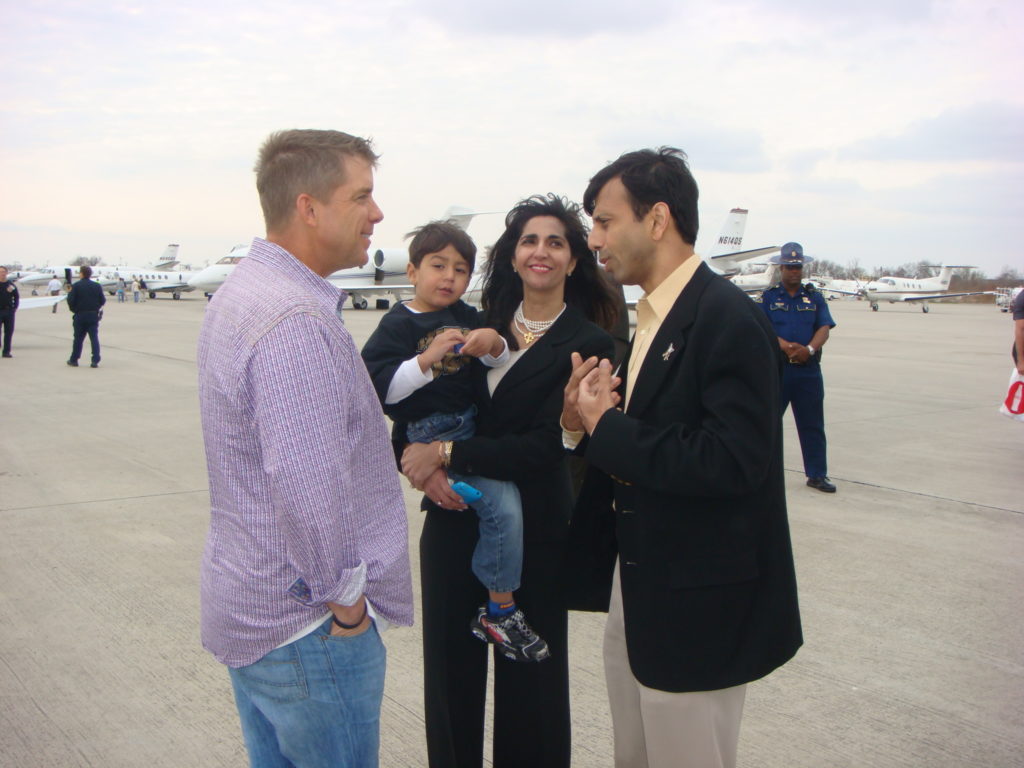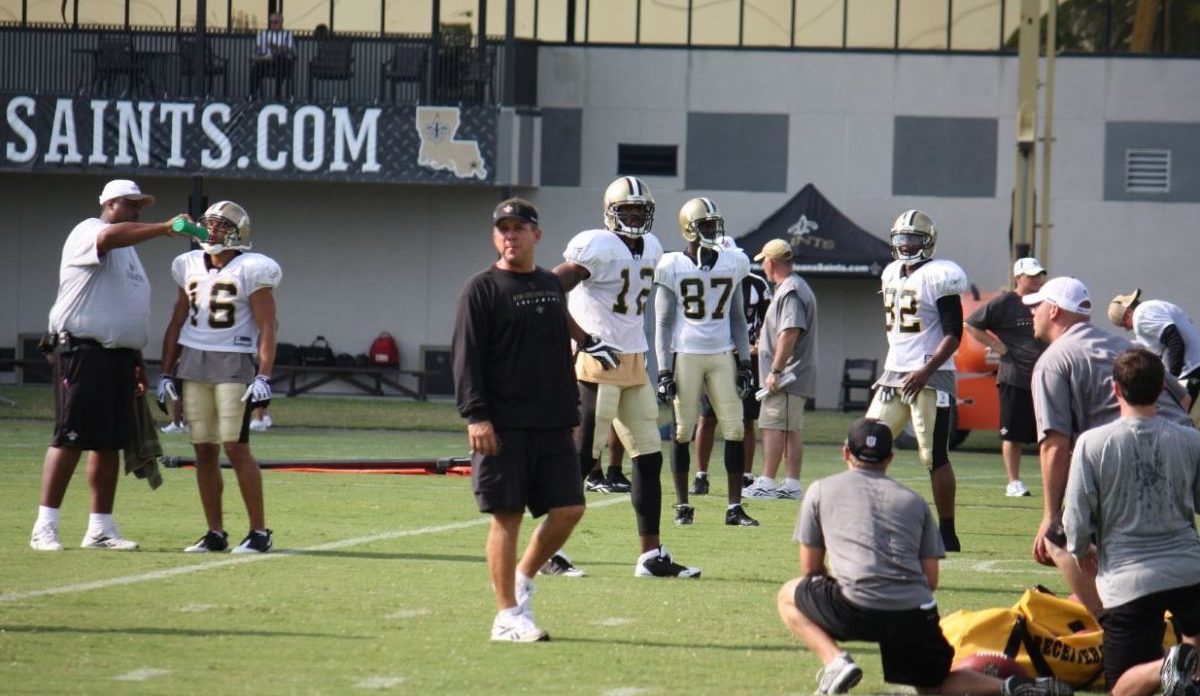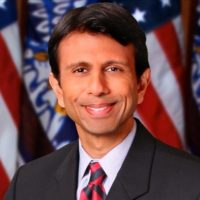In 1966, the American Football League and National Football League wanted an anti-trust exemption from Congress allowing them to merge. Sen. Russell Long, chairman of the Finance Committee, and Rep. Hale Boggs, House majority whip, wanted a professional football team for Louisiana. The leagues got their exemption, and NFL Commissioner Pete Rozelle announced New Orleans’ team on All Saints Day, 1966.
The owners wanted to call the team the Saints, but did not want to offend the local Catholic community. New Orleans Archbishop Philip Hannan, nicknamed the “Jumping Padre,” had served as chaplain for the 82th Airborne Division during World War II. He gave his blessing, but warned most of the church’s saints were martyrs.
The late Hannan’s warning proved prophetic, as the Saints went 20 years without a winning record, with only two teams reaching .500. One of the team’s few highlights came in 1970, when Tom Dempsey kicked an NFL record 63-yard field goal.
The Saints hit a low point in 1980, when they went 1-15. Fans called the team the “Aints” and wore paper bags over their heads. Coach Bum Phillips brought Ken Stabler and Earl Campbell to New Orleans, but they were past their prime and fans joked their team was the league’s retirement home.
Tom Benson bought the hapless Saints in 1985, and hired Coach Jim Mora. Mora brought the Saints their first winning season and playoff appearance in 1987, but the Saints could not win a playoff game in four attempts. Coach Mike Ditka traded his draft picks to bring Ricky Williams to the Saints, but neither would last there long. Coach Jim Haslett brought the Saints their first playoff victory in his first season, but his teams never returned to the playoffs.
Rebuilding after Katrina
Everything changed August 29, 2005. Hurricane Katrina made landfall over Louisiana and Mississippi, causing more than 1,800 fatalities and $125 billion in damage. The Saints did not play any 2005 games in New Orleans.
The Superdome served as a shelter, suffered physical damage, and became an infamous symbol of government incompetence and human suffering. Pundits questioned the wisdom of rebuilding the Crescent City, even as residents struggled to bury their dead and start rebuilding their homes, businesses, and lives.
Benson hired Sean Payton in January 2006; Payton signed Drew Brees in March; everything changed. Brees was recovering from shoulder surgery, and the San Diego Chargers were betting on Philip Rivers.
Deciding between the Dolphins and the Saints, Brees visited New Orleans first. Payton got lost and accidentally brought him to the Lower Ninth Ward — foreshadowing the important roles both men would play inspiring and unifying the devastated city.
Nick Saban and the Miami Dolphins were concerned about Brees’ shoulder, and signed Daunte Calpepper. Displaying the risk-taking swagger that would serve the Saints well, Payton and General Manager Mickey Loomis offered Brees a large guaranteed contract. Saban soon left the NFL to win college football championships.
Saints Return
On September 25, 2006, the Saints played their first game in New Orleans since the 2004 season, against long-time rivals the Atlanta Falcons. The state renovated the Superdome, and fans sold out the stadium with season tickets for the first time.
The game broke national viewing records, U2 and Green Day performed, and fans erupted when Steve Gleason blocked a punt on the first drive. Gleason is heroically battling amyotrophic lateral sclerosis, and his statue stands outside the Superdome. The Saints won and erased any doubts they would stay in New Orleans. If the Saints could return as winners, so could the city.
The Saints’ rebirth under Payton as a better, more successful version of itself mirrored what its fans were trying to accomplish. New Orleans had myriad problems — political corruption, failing public schools, and a lagging economy — that predated Katrina. Residents were determined to rebuild their beloved homes and community, but better and stronger. Universal charter schools, a state-of-the-art university hospital, and stronger flood protection were some of the improvements.
Payton’s daring offensive play calling and Brees’ awe-inspiring execution quickly produced results. The Saints routinely won games and set offensive records. As a lifelong fan, I grew up calculating late-season implausible scenarios that would allow the Saints to sneak into the playoffs.
We had backup teams to cheer once the Saints were no longer in contention. I remember the pure joy of running on the field with my kids after the Saints beat the Vikings to advance to Super Bowl XLIV. A giddy Payton took the visor off his head, and gave it to my 3-year-old son as a souvenir.

America’s Team
Standing on the sidelines in Sun Life Stadium, waiting for the Saints to play the Indianapolis Colts, I told then-Indiana Gov. Mitch Daniels that most Americans outside of Indiana were cheering for the Saints. Payton’s Saints, the league’s perennial losers, had temporarily and gloriously become America’s team.
Fans loved the underdog storyline, and cheered both the Saints’ and New Orleans’ rebirth. True to form, Payton stunned the Colts with an onside kick to start the second half, and never looked back.
While most owners’ boxes are filled with wealthy celebrities, Benson invited retired Archbishop Hannan and nuns to watch his Saints win. He invited guests sitting in his box during regular season games to attend pre-game Mass at the Superdome. Benson’s widow Gayle has said her estate will sell the team to owners committed to keeping the team in New Orleans, with proceeds going to local charities.
Even in controversy, Payton inspired loyalty. When NFL Commissioner Roger Goodell suspended Payton for the 2012 season over an alleged bounty program run by defensive coordinator Gregg Williams, fans donned “Free Sean Payton” shirts and restaurants posted signs refusing to serve Goodell. Payton spent the year coaching offense for his son’s sixth-grade football team, bringing his usual intensity and preparation.
Winning Record
Payton continued discovering breakout talents to help Brees compile winning records and playoff appearances. He drafted the record-breaking tight end Jimmy Graham, who had played more college basketball than football, in the third round and signed the versatile Taysom Hill as an undrafted free agent.
Payton’s Saints came painfully close to repeating their Super Bowl success. They lost in the playoffs after the 2017 season on a last second 61-yard touchdown pass, and lost again in the next year’s NFC Championship Game after the referees missed an obvious pass interference call.
Payton’s Saints unified fans across racial, socio-economic, and political lines. New Orleanians who agreed on nothing else agreed they loved the Saints. The community loved Payton, and he loved them back. He visited families impacted by the BP oil spill and supported countless charities.
Unlike many athletes and celebrities, Payton did not insert himself into every political debate. He sometimes took positions he knew would be unpopular in Louisiana, but was still beloved and not known as a political firebrand. He spoke out sparingly in response to current events, in favor of gun control and the rights of players protesting, and criticized President Trump. He also provided a blurb for my first book, and happily attended events when asked.
Payton’s post-Brees Saints showed great promise this last season, before being overwhelmed by injuries and Covid-related absences. It would have been fun watching him rebuild, but Saints fans are too grateful for all that he has given us to begrudge him whatever comes next now that he’s retiring. When we were desperate for something to cheer, he allowed us to believe in our football team, ourselves, and our community again. Thank you, Sean Payton, and Godspeed.









